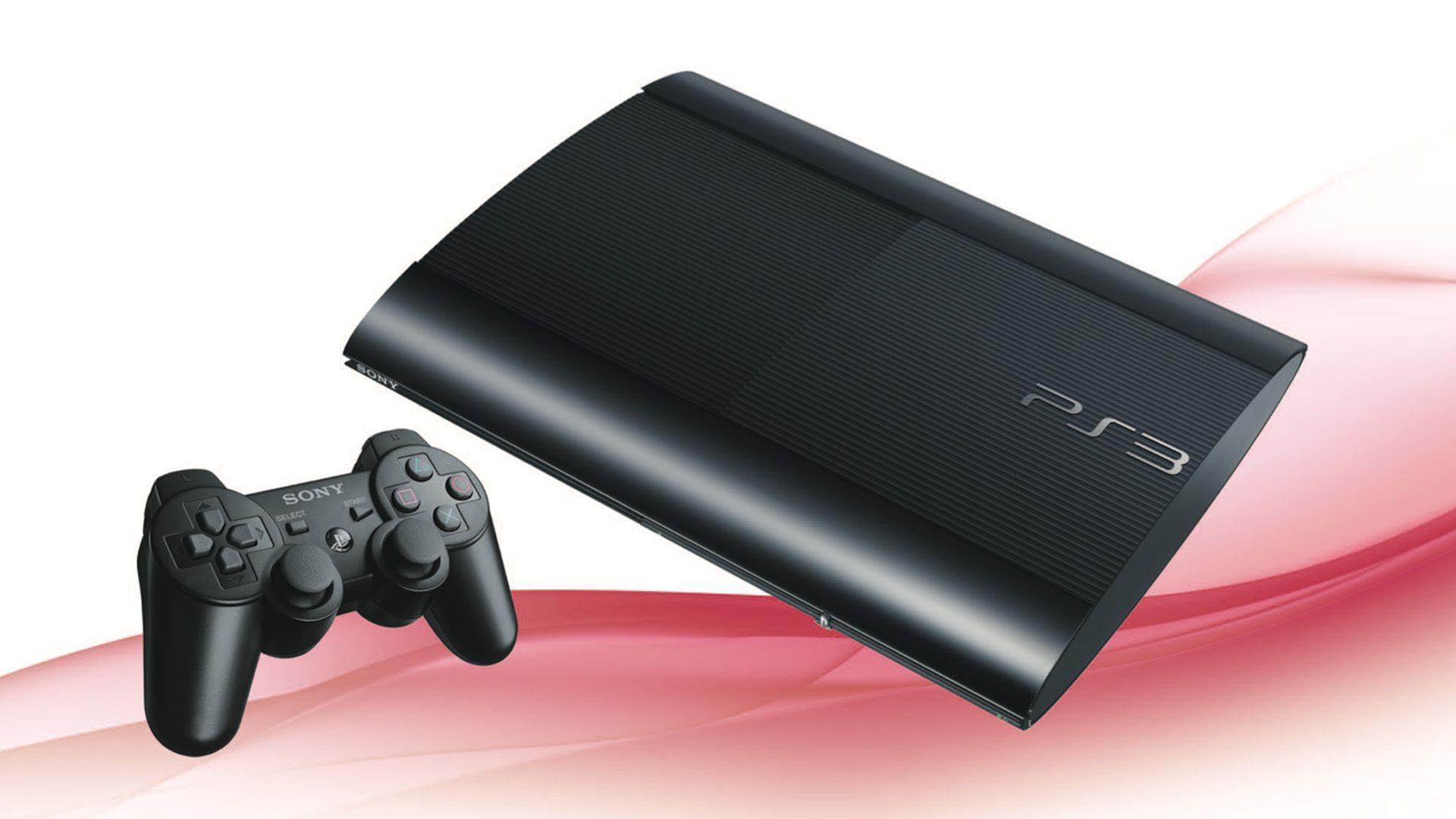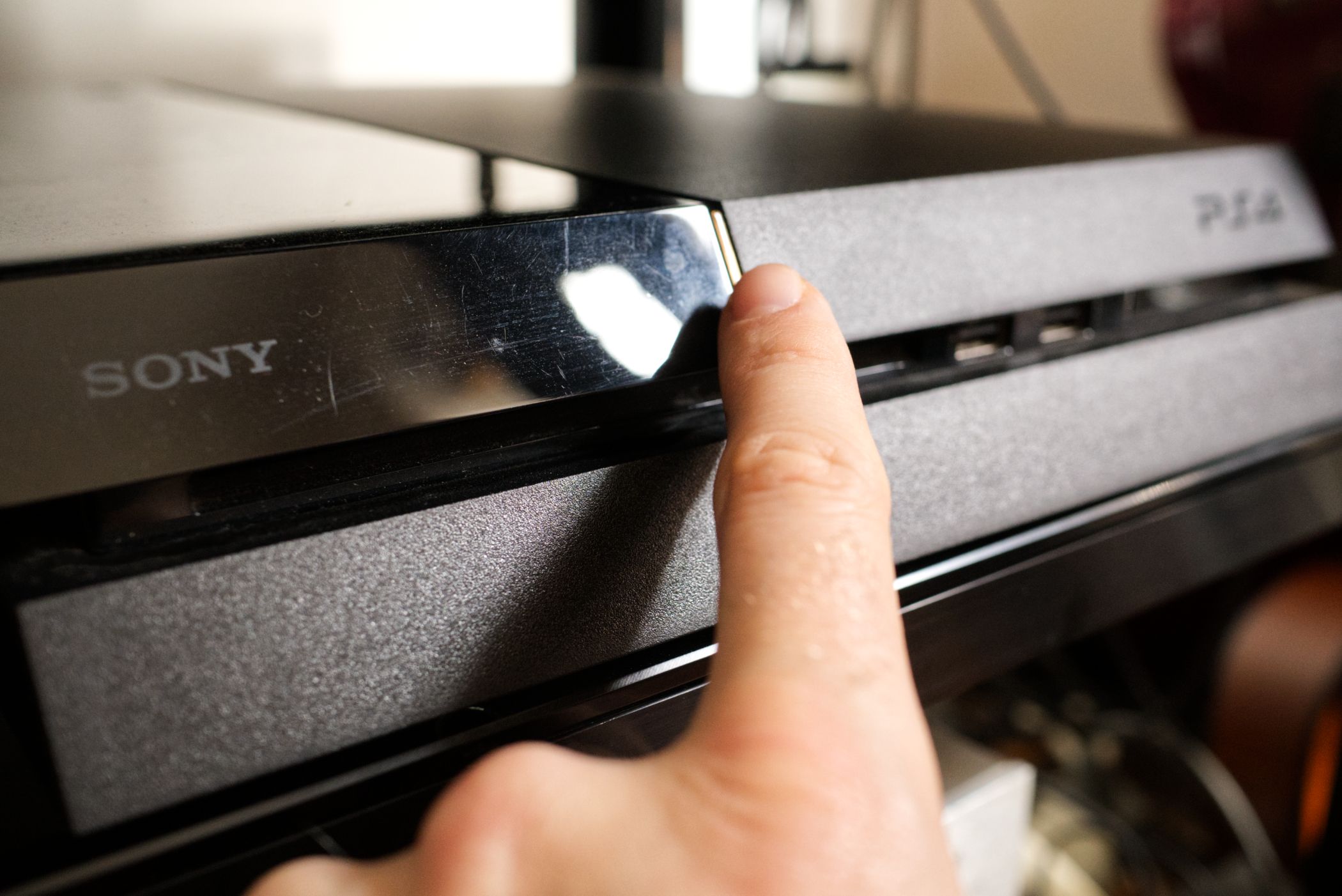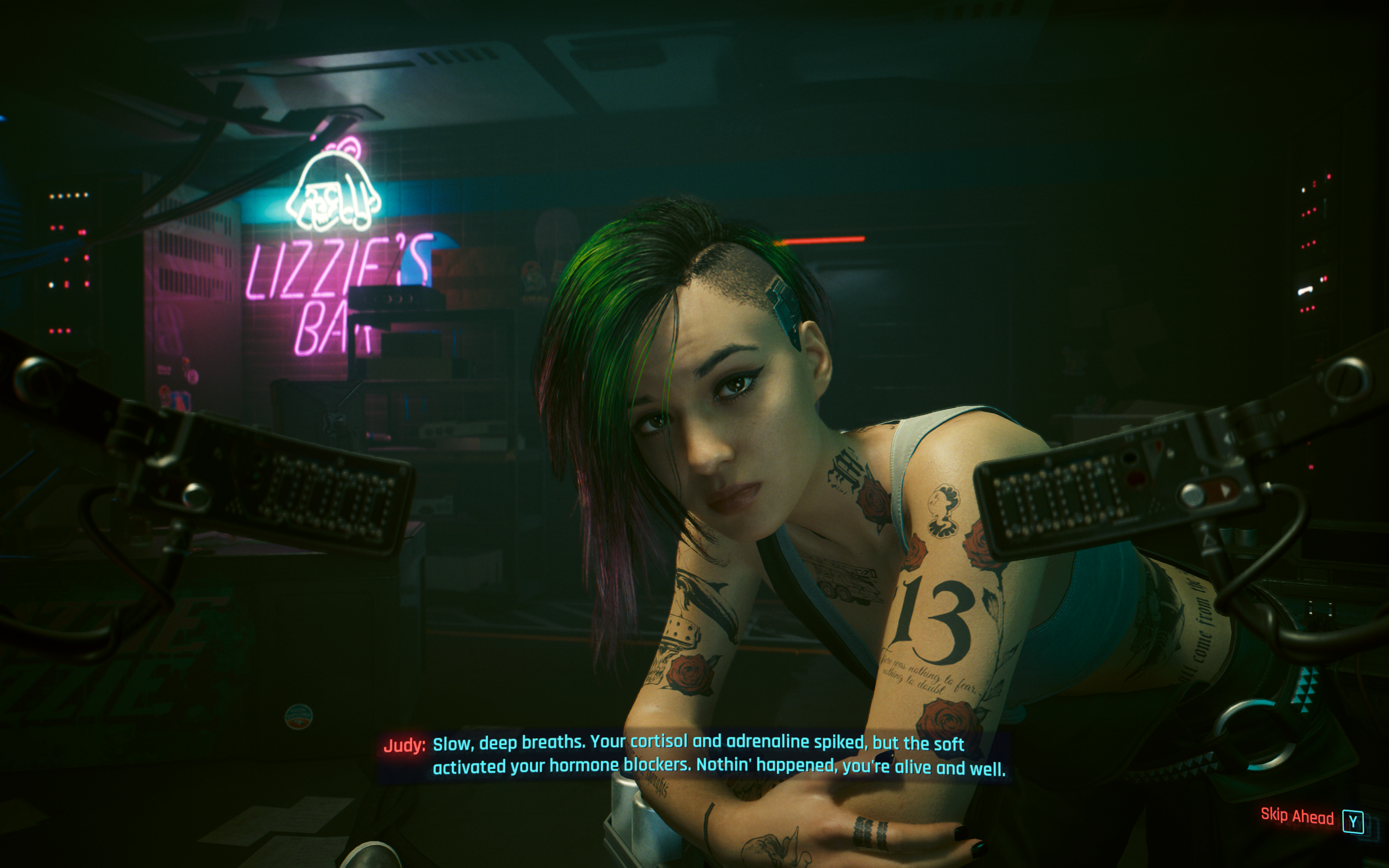
From PS2 to Present: Understanding the Shift in Console Performance and Decreased Availability of 60FPS Games

From PS2 to Present: Understanding the Shift in Console Performance and Decreased Availability of 60FPS Games
Highlights
- PS2 could render games at 60fps easily due to optimized architecture.
- Weak CPUs in newer consoles hinder achieving stable 60fps gameplay.
- Most console gamers prioritize visuals over frame rate, pushing a 30fps standard.
The PlayStation 2 had no shortage of games that ran at a smooth 60fps, but for the console generations that followed, this performance figure became rather scarce. Why did hitting that magic 60fps mark become so difficult and rare?
The HD Era
The PlayStation 3 and Xbox 360 heralded the era of 720p and 1080p games. Taking advantage of a new generation of TVs, the amount of detail in games shot up dramatically. Unfortunately, the more pixels you have, the more GPU memory and bandwidth you need, and rendering each frame takes much more processing power even without all the new eye-candy.

Sony
Which is why most games on these consoles target 30fps, and more often than not failed to maintain or even reach that figure. Offering frame rates in the 20s, for the most “cinematic” gaming experience possible.
Weak CPUs

Tim Brookes / How-To Geek
Most people think of GPU performance when it comes to frame rates, but the CPU plays an equally important role. It handles all the game mechanics under the hood, and the GPU depends on the results of physics calculations, or information about what the AI characters are doing in order to render the scene. If the CPU can’t provide that information fast enough to draw 60 frames a second, then it doesn’t matter how fast the GPU is.
Funnily enough, the PlayStation 3 was blessed with a supremely powerful CPU for the time, but its exotic architecture made it hard to program and so in most games, that performance wasn’t accessible. However, the weak CPU problem really came to the fore in the PlayStation 4 and Xbox One generation.
These consoles had GPUs that had no problems giving us a consistent 30fps experience in most cases, but their CPUs were essentially weak power-efficient laptop components that really struggled to go beyond the 30fps mark. This is why when the PlayStation 4 Pro and Xbox One X consoles were released with significantly upgraded GPUs, developers could only increase graphical fidelity, but not frame rate. Even with a mild increase in clock speed, the CPUs in the half-generation refreshed consoles just couldn’t muster faster frames.
Pushing for Nicer Screenshots

Cianna Garrison / How-To Geek
“Cyberpunk 2077”
The PlayStation 5 and Xbox Series consoles do have powerful CPUs and well-balanced GPUs to complement them. We even have technologies to help games achieve higher frame rates more efficiently. These include upscaling technologies, dynamic resolution scaling, variable rate shading, mesh shaders, and the list goes on. If you load up a PlayStation 4 game on a PS5, assuming it doesn’t have a locked frame rate, it should run at 60fps or better all day, every day.
Early games in the PS5 generation, specifically those that also had PS4 released, also tended to offer great 60fps modes. However, with the advent of current-generation games that have no versions for older consoles, the incentive to push for the nicest looking games over fluid games is back in full force. The fact is that frame rates don’t sell video games, and trailers and screenshots look just as good at 30fps. So the arms race for pushing the limit of fidelity over performance is in effect.
Wait, didn’t this affect the PS2? Well, it did to an extent, but the architecture of the PlayStation 2 was such that you couldn’t push the complexity of a given scene any further, but you could render that scene at fast rates. The PS2’s “Graphics Synthesizer” has an incredibly fast fill rate, capable of pushing an enormous number of polygons in a second.
According to a wonderful deep dive by Modern Vintage Gamer the PS2’s “Emotion Engine” had an architecture well-optimised, with sub-processors specialized in accelerating different aspects of rendering which, in turn, could feed that Graphics Synthesizer quickly and efficiently. In other words, developers would hit the “spatial” detail limit before hitting the “temporal” limit.
An Apathetic Customer Base
Apart from a few vocal people on gaming forums and platforms like X (formerly Twitter), it’s not clear that the typical console gamer really cares about frame rate at all. While a cool-looking trailer or screenshots will impress prospective buyers, 60fps gameplay doesn’t seem to move the needle much. With the current generation of consoles, console gamers do seem a little more aware of 60fps and its benefits, but quite a few games have 60fps modes that compromise the visuals far too much to actually play them that way.
We’re Back to 30FPS Again.
I’ve argued before that on fixed hardware platforms like consoles, 30fps is inevitable . Mostly for some of the reasons I’ve already mentioned before. We have seen some games compromise and offer a middle-ground of 40fps, but that requires a 120Hz TV, which still isn’t the norm. Visually impressive, AAA games are not clearly designed to be played at 30fps, even if they offer some sort of “performance” mode, and it’s not clear if there will ever be a console generation with so many fluid games as the PS2 again.
Also read:
- [New] 2024 Approved Mastering FB Story Sharing A Four-Step Guide
- [Updated] Mobile Guide Kickstarting Your YouTube Entrepreneurial Venture
- 4 Most-Known Ways to Find Someone on Tinder For Tecno Spark 10C by Name | Dr.fone
- Accessing Your Twitter History
- Achieving Livestream Control Fifteen Innovative Techniques for 2024
- Defeat Scavengers on Windows: Ultimate Winning Strategies Unveiled
- Exclusive Selection of High-Caliber Free LUTs for 2024
- Huawei P30 Pro Review: Why I Still Love This Phone
- Navigating HTPC Options: A Buyer's Guide to Best Picks
- Remove Default Podcasts From Your Spotify Feed
- Resolved: Overcoming the Hurdle of Installing Minecraft on Your Windows 11 PC
- The Essential TL-WR902AC by TP-Link: A Small Package, Powerful Wireless Internet Anywhere
- The Ultimate Guide to Fitbit Versa Lite: Smartwatch for Enhanced Workouts at Great Prices
- Unlocking Profitable Potential: Leveraging buySellAds.com for Blogging Success
- Title: From PS2 to Present: Understanding the Shift in Console Performance and Decreased Availability of 60FPS Games
- Author: Eric
- Created at : 2024-11-18 20:46:36
- Updated at : 2024-11-25 00:04:57
- Link: https://buynow-reviews.techidaily.com/from-ps2-to-present-understanding-the-shift-in-console-performance-and-decreased-availability-of-60fps-games/
- License: This work is licensed under CC BY-NC-SA 4.0.